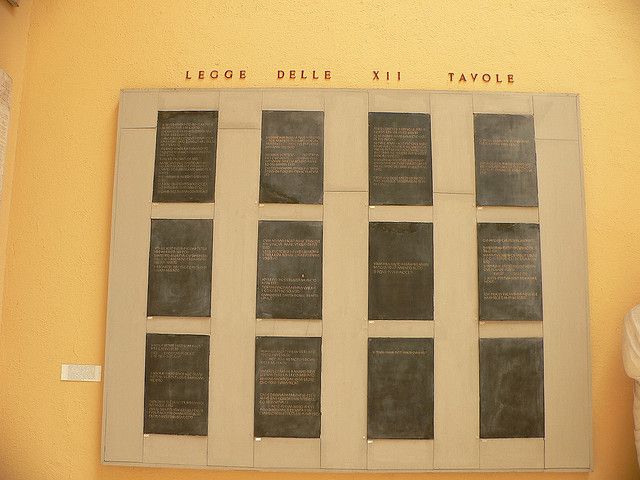 The lawmakers who made up the Second Continental Congress and published the Declaration of Independence in 1776 came across more problems in the late 1780s after the United States had concluded peace with Britain and secured its independence.
The lawmakers who made up the Second Continental Congress and published the Declaration of Independence in 1776 came across more problems in the late 1780s after the United States had concluded peace with Britain and secured its independence.
The United States drafted its first constitution and it went hand in hand with a similar document called the Bill of Rights. This was written by James Madison.
This document set the foundation for the first Ten Amendments to the US Constitution and it was inspired by The Laws of the Twelve Tables, a law code that was promulgated in Rome in 449 BC, over 2,000 years earlier.
Rome, after its formation had rules that guided it, however, there was a need to develop a more detailed law code. This code was eventually developed and put into law in the mid-fifth century BC.
The reason for doing this was because of the increased protests by the plebeians or poorer citizens and the patrician class of Roman aristocrats.
The Roman senate then set up a body of ten men to draw up a new set of laws around 450 BC. These men were educated to ensure they set up fair laws. They were called the decemviri.
By the end of 450 BC, the rules the Decemviri had drawn were written on bronze tablets and set in public places in the city of Rome along with two more rules.
The first of the twelve tables law postulated how trials should proceed and the court should operate. The idea was to prevent the wealthy patrician class from abusing the lower class.
The second and third tables added more details to the first table. The fourth table was also known as the paterfamilias’ rights or the household head. Some parts of this table were harsh.
The fifth and sixth tables focused on the rights of women and their place in Roman society. They were somewhat liberal as Roman women could inherit and own lands and properties.
The seventh tablet detailed how boundary disputes between lands were to be resolved through the arbitration of a third party. The eighth table dealt with theft.
The twelve tables detailed extensively how public and private matters were to be handled in Roman Society.
ALSO READ: Absolute Monarchies In Europe





